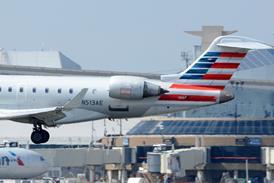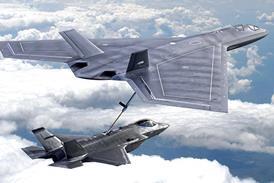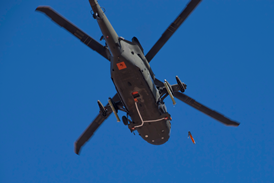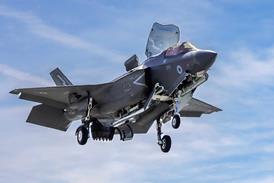Contract focuses on digital backbone development that will allow the utility helicopter to deploy ‘launched effects’ drones for reconnaissance and combat missions in contested environments.
Rotorcraft manufacturer Sikorsky has received a $43 million contract from the US Army to modernise the service’s UH-60 Black Hawk helicopters, with an eye toward deployment of new uncrewed systems.
The 20 August deal covers enhancing Sikorsky-made UH-60M utility helicopter airframes and giving the aircraft digital backbone capabilities that support rapid integration of unmanned aerial systems (UAS).
Known as “launched effects”, such UAS are being positioned as a key piece of the US Army’s modernisation plans. The service envisions a family of modular battlefield effectors that could be either air- or ground-launched to provide capabilities such as reconnaissance, electronic warfare and kinetic strike.
Sikorsky says the UH-60M modernisation contract will support integration of launched effects into Black Hawks, enabling the aircraft to deploy UAS and other effectors to enhance the multi-role rotorcraft’s capabilities.
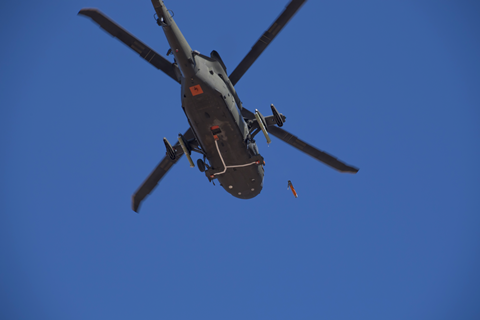
Hamid Salim, vice-president of army and air force systems at Sikorsky, says the enhancements will give operators greater advantages in potential near-peer conflict zones like the Indo-Pacific region.
“Integrating launched effects into the Black Hawk will enhance its capabilities and provide a significant advantage,” Salim says. “Modernisation is reducing costs, increasing efficiency and improving the overall maintenance and sustainment for the aircraft.”
Sikorsky and parent company Lockheed Martin previously demonstrated the ability to incorporate UAS into the UH-60’s existing architecture. During a 2020 proof-of-concept test, the army deployed a tube-launched Altius drone (now made by Anduril) from a modified Black Hawk.
At the time, the service said several of the small UAS passed reconnaissance data over a distance of more than 32nm (60km). Such capability could allow friendly troops and aircraft to remain farther from potential enemies and outside the range of enemy air defences.
Concerns about aircraft survivability led the US Army to cancel its Future Armed Reconnaissance Aircraft programme, which had sought to develop a new manned scout helicopter to replace the retired Bell OH-58 Kiowa.
Sikorsky says it aims to deliver a solution for Black Hawk UAS integration by 2026.
“This initial work on airframe enhancements, main fuel and digital backbone set a strong foundation for further rapid capability updates to Black Hawk,” the company says.

“With a more-powerful engine, airframe enhancements and a main fuel upgrade, the aircraft will carry more payload at greater range, and future upgrades to flight controls to include autonomy and AI features… will assist pilots in tough conditions, increasing mission safety and effectiveness,” Sikorsky adds.
The US Army had planned to roll out a propulsion upgrade for the UH-60M in the form of the GE Aerospace T901 Improved Turbine Engine. Sikorsky began ground testing a Black Hawk with the new turboshaft in January.
However, those plans were cast into uncertainty by an army cost-cutting initiative announced in May that has targeted older equipment, including the UH-60L models, and modernisation projects not deemed essential.
The T901 was targeted for cuts, with the army saying it is not likely to pursue the project once the current test and integration contract expires.
There are indications from Washington, DC that elected lawmakers in Congress may intervene to save to Black Hawk re-engine programme in the fiscal year 2026 defence budget, although that remains an open matter.



